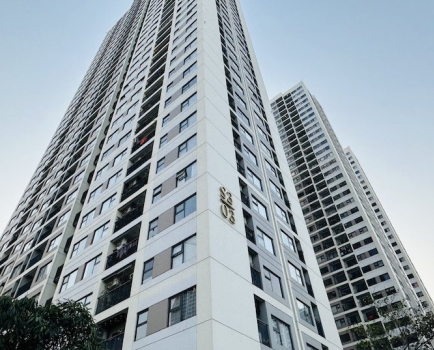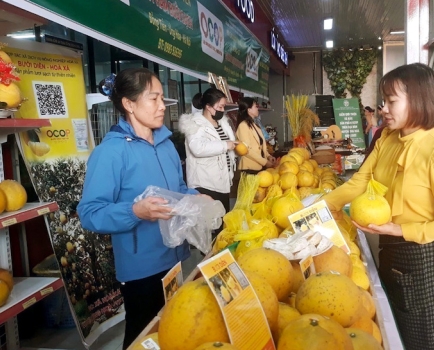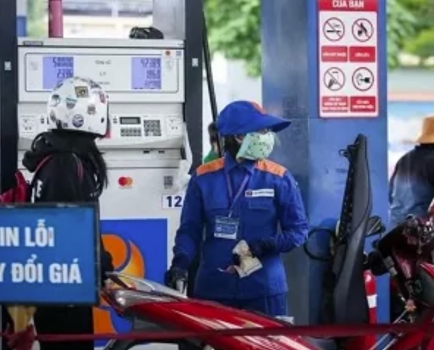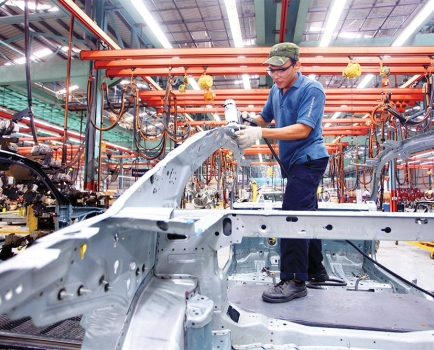Closing the Loop: Circular economy within reach
Mon, 06 Jan 2025 21:19:00 | Print | Email Share:
Vice Chairman Ta Dinh Thi of the National Assembly's Committee on Science, Technology and Environment recently said that a circular economy is within reach while talking with SGGP reporters.
 Vice Chairman Ta Dinh Thi of the National Assembly's Committee on Science, Technology and Environment
Vice Chairman Ta Dinh Thi of the National Assembly's Committee on Science, Technology and Environment
2025 is a pivotal year for Vietnam, marked by the Government's commitment to not only achieving high economic growth rates but also significantly advancing key areas like science and technology, innovation, digital transformation, and sustainable development. This focus is underscored by Resolution No. 158/2024/QH15, which emphasizes the integration of green economy, digital economy, and circular economy principles while ensuring security and safety to drive progress.
According to Deputy Chairman Thi, assessing the precise level of green economic development poses significant challenges. Nevertheless, various international organizations and certain nations have undertaken initiatives to address this issue. For instance, the Global Green Economy Index 2024 report indicates that Vietnam holds the 79th position out of 160 countries regarding its green economy. Additionally, the 2023 Green Future Index places Vietnam at 53rd among 76 economies and 9th out of 16 economies in Asia.
Vietnam ranks in the middle in the energy transition categories, but according to a report by PricewaterhouseCoopers (PwC), the Southeast Asian country is in the group of economies with slow progress in reducing carbon emissions and still heavily dependent on fossil fuels.
In terms of green economic infrastructure, Vietnam currently ranks 94 out of 160 countries. The nation still has a lot of room for green economic development, but the slow pace of green infrastructure development will be a big challenge in maintaining trade and investment, especially foreign investment in the coming time, he said.
Traditional energy generation in the country, heavily reliant on coal and oil, remains a significant source of environmental harm. These fossil fuels release substantial amounts of CO2 and other pollutants, presenting a prime opportunity for a green transformation, as per Mr. Thi.
Vietnam's transition to renewable energy is underway, yet "brown" energy sources like coal and oil still dominate. This is compounded by the surge in gasoline and diesel vehicles, particularly in the two biggest cities such as Hanoi and Ho Chi Minh City, significantly worsening air pollution.
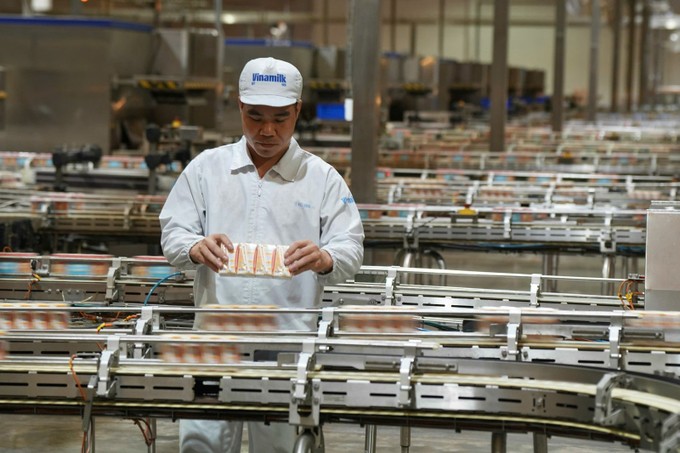 Vinamilk employees operate the production line and package products
Vinamilk employees operate the production line and package products
Furthermore, being one of key industries, the textiles sector uses their high water, energy, and chemical consumption, exerting considerable environmental pressure. The cement industry is a major contributor to CO2 emissions, while agriculture, including rice cultivation and livestock farming, also places significant strain on the environment.
Despite the considerable work remaining, Vietnam is proactively advancing green transformation and growth, holding a position among the top 20 Asian countries.
Vietnam has experienced a significant evolution in environmental and sustainable development, beginning with the United Nations Conference on Environment and Development in 1992 and culminating in the enactment of the Law on Environmental Protection in 2020. However, the proportion of green initiatives remains relatively low due to various factors.
Green infrastructure is currently in its developmental phase and is insufficient to satisfy the demands of sustainable development.
Additionally, the transition to greener practices necessitates significant investment and advanced technology, yet domestic financial resources are constrained. The timeframe for executing strategies and policies is too short to achieve substantial changes. Since the introduction of the Green Growth Strategy in 2012, Vietnam has had just over a decade of implementation, whereas countries like Germany and Denmark have been making continuous investments for several decades.
During the last forum on circular economy, commercial banks indicated that there remains significant potential for green capital; however, they have yet to engage with investors or projects that are adequately designed, developed, and compliant with established criteria.
Therefore, in addition to mobilization of green financial capital and issuance of green bonds, the administrations should promote education, raise awareness among people and businesses about the benefits of the green economy and increase human resource training.
Fostering international collaboration is crucial, particularly in the establishment and efficient functioning of a monitoring and evaluation framework. This includes the development of a green indicator system, tracking emissions, and disseminating information for both the community and businesses to engage in collective monitoring. The coordinated execution of these strategies will enable Vietnam to effectively leverage green capital from the international market, thereby advancing green and sustainable economic growth.
In 2025 and the subsequent years, the emphasis should be on enhancing institutions to eliminate existing bottlenecks and create opportunities for development. The Government needs to establish new avenues for growth, particularly by concentrating on sectors with significant potential and prioritizing investments in green infrastructure.
This includes the development of a sustainable public transport system such as a network of electric buses and urban railways, while promoting zero-emission transportation options like bicycles and electric vehicles.
Additionally, Vietnam should focus on constructing eco-friendly buildings that utilize sustainable materials and incorporate energy-efficient technologies. Furthermore, refining the waste management system is essential, which involves establishing modern waste treatment facilities and advancing a circular economy model to facilitate resource reuse.
Circular economy is simply the transition from the "production - consumption - disposal" model to "reduce consumption - reuse - recycle" to optimize resource use and reduce environmental pressure. To do this, people’s awareness must be raised so that they will consume environmentally friendly products, develop ecological design and ecological labels.
By: Sggpnews/ Business Forum Magazine
Source: https://en.diendandoanhnghiep.vn/closing-the-loop-circular-economy-within-reach-n41855.html
---------------------------------------------
Same category News :




